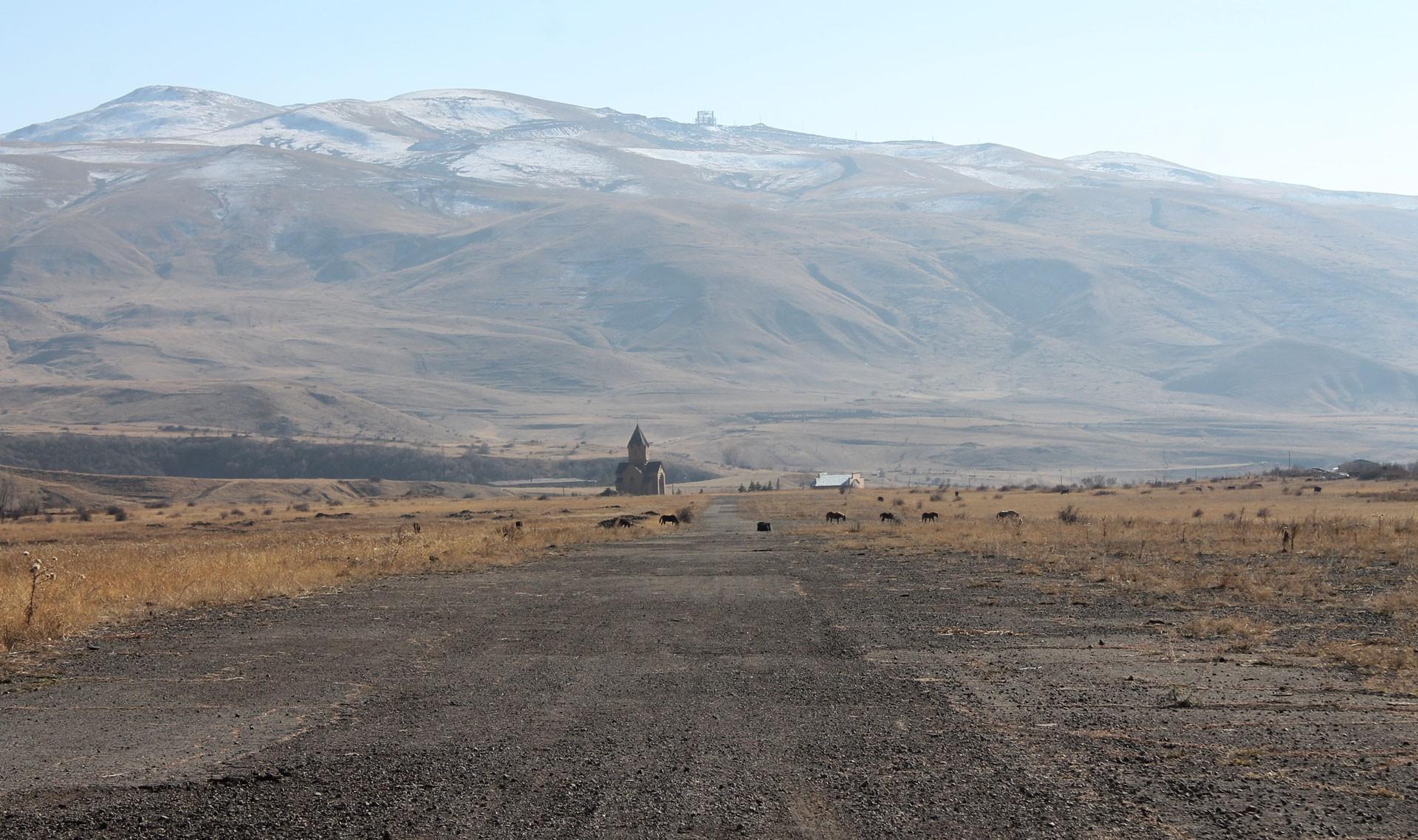
Jermuk: Armenia’s Highest Airport Has a Proud and Unique Past
The highest airport, at an altitude of 2070 meters, in Armenia is in Jermuk, a town in the country’s Vayots Dzor Province.
The highest civil airport in the world, at 4,411 meters, is in China.
Jermuk’s airport is not only unique because of its elevation. The northern end of its runway is 45 meters higher than its southern end. In other words, the Jermuk runway is quite steep, a feature that can be seen with the naked eye.
Development and decline of the airport
The last director of the airport, 70-year-old Melsik Arakelyan says that the airport had been in operation since 1956. Initially, the runway was gravel, servicing An-2 planes carrying twelve people. These were Soviet mass-produced single engine biplanes. Sometimes, helicopters also flew to Jermuk.
Arakelyan, who was born in Lusashogh village in the former Vedi region, has lived in Jermuk since the age of six. After graduating from school, he studied at the Kirovograd Flight Preparatory School, receiving a flight supervisor degree. He then worked at Armenia’s Yeghegnadzor Airport for a year and a half, and in June 1971 began work at the Jermuk Airport as a flight supervisor.
In 1966, an airport building was built in Jermuk, which is still standing. However, after ten years, the runway was still gravel, which meant that it could be used mainly by An-2s.
Dmitry Atbashyan, Head of the Armenian Department of Civil Aviation from 1971-1987, recounts that there was a popular proverb among vacationers in Jermuk - "Let those who haven’t experienced suffering in their life visit Jermuk.” This conveyed the difficulty of reaching the resort town, due to the roads. Atbashyan says this saying was popular until the operation of the new airfield in 1976.
The length of the new asphalt runway, as per Atbashyan, was 1,500m (actually 1,640m) and the width - 28m. But the aviator says the runway was about 700m shorter than required. Filling this gap resulted in the 45m height difference between the runway’s two ends.
At issue was the fact that after landing on the inclined runway, planes coming from the south soon lost speed and stopped earlier than planned due to the incline. On takeoff, given that planes started at a higher point, aircraft left the ground faster than on a flat runway. Thus, the slope worked in favor of the shortness of the asphalt runway.

On the other hand, since the Jermuk Airport is in a very difficult topographical location, nestled in the hills, it was necessary to develop a proper flight plan, which was drafted and approved by the USSR Ministry of Civil Aviation and the State Research Institute of Civil Aviation.
Since the runway was still undergoing repairs, Melsik Arakelyan says that Mi-8 helicopters were arriving in Jermuk. The airport’s small surface was sufficient for their takeoffs and landings. In December 1976, the first Yerevan-Jermuk flight, on a Yak-40 aircraft, took place. At that time Melsik Arakelyan was still in charge of flights but was soon appointed acting director of the airport. Months later, in 1977, he was appointed director, serving in that position until the airport closed.
Arakelyan says one could reach Yerevan from Jermuk in 40-45 minutes flying an An-2 and in 18-20 minutes in a Yak-40 jet. Furthermore, according to Arakelyan, flights to Jermuk flew over Nakhichevan. (During the Soviet era, Nakhichevan's skies served by the Yerevan Air Traffic Control Center.) Pilots flew according to visual flight rules. That is why, when there was fog in Yerevan in winter, there were no flights. Although the Jermuk Airport operated all year long, winter flights were sporadic.
Yerevan's Erebuni Airport, which served Armenia's domestic air routes, was the only point with which Jermuk had a regular air connection.
Arakelyan says they used to receive up to four Yak-40 flights a day, and more with the An-2. In good years, there were up to 10-15 flights. However, there were occasional flights from other Armenian cities as well, due to weather or aircraft overload.
Sometimes, while flying to Yerevan from Kapan, Sisian or Goris, fog would close the Tukhmanuk Pass on the border of present-day Vayots Dzor and Ararat provinces, or on the contrary, when flying south from Yerevan, the Vorotan Pass (Vayots Dzor border and Syunik province) was closed.
In this case, according to Melsik Arakelyan, the planes stopped in Jermuk, which, in fact, was also a reserve airport. He remembers cases when air traffic controllers would reroute half-empty An-2 planes, flying to Yerevan from Syunik, to Jermuk to pick up passengers.
In addition to carrying passengers, An-2 planes were used in the spring to spray pesticides in the Jermuk forests. Helicopters were sometimes used to spray the fields to destroy grasshoppers.
Arakelyan says that in the 1980s, when Dmitry Atbashyan headed Armenia’s Civil Aviation Department, there was a plan to link Jermuk directly to the resort town of Mineralnye Vody, whose airport is the largest not only in the Stavropol Krai, but also in the present-day North Caucasus Federal District of Russia.
Arakelyan says that in Soviet times the Russian town served as an air bridge for Aeroflot routes. However, the plan did not come to fruition, and Yerevan remained the link between Armenia and the other Soviet republics.
Arakelyan remembers that there was a high flow of passengers at Jermuk. A one-way ticket on the Yak-40 was 6.5 rubles.
In the late 1980s, when the Karabakh movement and the Artsakh War commenced, the Soviet Union was on the road to collapse. The number of passengers decreased, which also led to a decrease in the number of flights. As a result, there was only one Yak-40 daily flight. This was eventually cancelled, leaving only the An-2s, whose flights had also declined. Arakelyan says the last one was in 1989.
Azerbaijani controller could have Jermuk airport chief dismissed
When Jermuk began servicing Yak-40 flights, the airport staff grew. In the good years, the number of employees reached 28. Arakelyan says they had four controllers, plus himself who was a qualified flight supervisor and could work as a controller.
For a while, the Jermuk Airport was equipped with radar, thus allowing controllers to spot approaching aircraft and help pilots land.
Arakelyan recalls, however, that due to the complex terrain, incoming aircraft started to appear on the screen at the same time when they could see the planes with their own eyes.
One of the controllers working in Jermuk was Azerbaijani.
Arakelyan says he was a good controller who knew his job. Since the Azerbaijani was hired later than the others, he was the first to get a pink slip in the lean times of the late 1980s.
The fired controller filed a complaint and Arakelyan, somewhat fondly, remembers getting a telephone call from Yerevan saying he should call Edward Papikyan, then the head of the Civil Aviation Department. Papikyan ordered Arakelyan to rehire the Azerbaijani or else he would be forced to resign. It was the era of “internationalism”, when any given innocent step could be taken as a manifestation of national discrimination.
The Azerbaijani controller was rehired, but when hostilities broke out and the two-way exodus of Armenians and Azerbaijanis began, the Azerbaijanis of Jermuk, including the controller, left, exchanging their homes with Armenians fleeing Azerbaijan.
Former airport building now a private house
Since the 1990s, only helicopters carrying high-ranking government officials have used Jermuk Airport.
Melsik Arakelyan and his wife, Anahit Simonyan, have been living in the airport building since 1996. After the latter was closed, Arakelyan was registered as a guard with a monthly salary of 2,000 drams.
In August 1999, the government of Vazgen Sargsyan decided to separate Jermuk Airport property from the Erebuni Territorial Airports State CJSC and transfer the property to the Jermuk community for free. The latter, in turn, sold the airport buildings to Melsik Arakelyan in 2002. The airport's two-story building, which comprises the former lounge, control center, ticket office, and staff rooms, is now deemed a private house. Arakelyan also bought 1.5 hectares of land adjacent to the building.
Arakelyan now farms the land, growing potatoes and pears. He owns some livestock and keeps bees. He’s thinking of turning the two-story building into a guesthouse when his financial status improves.
The meteorological station still operates nearby. It no longer serves local aviation but transmits weather data to Yerevan.
Residents grow corn and barley near the runway. Arakelyan says that when the airport operated, people would cross the runway, sometimes on foot, with animals, or in cars. This happened even when planes were preparing to take off or land. They had to fence the whole area for security reasons. Later, when the airport was no longer in operation, the fence was demolished. Now, the whole airport has been turned into an agricultural area.
During our visit, there were cows and horses grazing along the asphalt layer. Little remains to remind one that planes once landed in Jermuk. What’s left is the asphalt runway, now decayed and covered with grass.
Jermuk Airport development plans remained on paper
Dmitri Atbashyan recalls that the Armenian Civil Aviation Administration, in connection with the development of a union health resort in Jermuk, had decided to build a new airport at a new location that could accommodate larger planes and link Jermuk directly to Moscow. Work on the project began in the early 1980s.
According to Atbashyan, in the summer of 1986, he and Hambardzum Ghandilyan, the head of the railway department, as well as USSR and Armenian State Planning Committee employees flew to Vardenis-Jermuk by helicopter.
In addition to building the new airport, the goal was to link Jermuk to the Yerevan-Sevan-Shorzha-Vardenis-Sotk railway. The airport was to be located northwest of the city on the plateau above the Arpa River Gorge and the current airport, where the statue of a deer symbolizing Jermuk stands. (The elevation of the area is about 2,200 m).
Atbashyan notes that preliminary approval for the project had been obtained, but the plan was not implemented. Atbashyan was relieved of the post of head of the Armenian Department of Civil Aviation in the summer of 1987, after which many projects launched during his tenure remained on paper.
Reflecting on the possible reopening of the airport or the construction of a new one, Arakelyan says that if compared to Kapan, whose airport will soon reopen, the main problem in Jermuk is the winds. But he believes it is possible to land and fly planes again. He notes that if in Soviet times their flights were seasonal, from spring to winter, now there are tourists all year round, especially in winter.
In 2007, the St. Gayaneh Church was built just 350 meters south of the Jermuk runway, which has become an artificial barrier especially for landing. Although small aircraft may now be able to land here, the church is a safety hazard for larger aircraft if the airport reopens one day. (The church was built by Jermuk Group owner Ashot Arsenyan.)
In September 2008, the government of Tigran Sargsyan declared Jermuk a tourist center. The executive decision stated that by 2012 Jermuk should become year-round tourist center featuring winter sports, a center for organizing international chess tournaments, a pan-Armenian and international youth camp, and a center of cultural tourism. The government estimated that 100,000 people would visit Jermuk annually, that tourism would generate $100 million annually and create 4,000 new jobs.
Several programs were planned to make the Jermuk ambitious development plan a reality, one of which was having an airport for helicopters and light planes and organizing appropriate routes.
In July 2008, the government set the priority list for that year, including the adoption of the concept of small aviation development. The draft concept, developed by the General Department of Civil Aviation (now the Civil Aviation Committee), stated: "To assess the feasibility of restoring light aviation, the feasibility of relaunching the Vardenis, Gavar, Meghri, Kapan, Goris, Sisian and Jermuk airports has been explored."
The Department of Civil Aviation viewed the development of light aviation in Jermuk from a tourism perspective, which was logical and based on the above-mentioned decision of the prime minister: "Taking into account the RA Government's program for the development of Jermuk, it is obvious that the modern recreation and health center should be provided with appropriate infrastructure. Taking into account the relief conditions of the area, as well as the experience of operating the former Jermuk Airport (the airport was considered to be a complex airport in terms of flight operations), both a new airport and a new helipad can be built in separate areas in order to develop air communication in the Jermuk city.”

Thus, in 2008, the government was discussing the issue of having a new airport in Jermuk. What happened then? Nothing.
Deputy Minister of Urban Development and Chief Architect of Armenia, Jermuk native Narek Sargsyan, who was appointed to these positions in June 2008, (that is, one of those responsible for developing Jermuk as a tourism center), announced in April 2009 that the ministry, on orders of the government, was developing a territorial plan for Vayots Dzor province.
During the planning, according to Narek Sargsyan, the task was to first study the city of Jermuk, considering it a possible place to build an alternative airport.
However, according to the deputy minister, preliminary studies revealed that the Jermuk Airport could not properly serve its function because Jermuk was a "dead end" off the main highway.
"Concerned with the prospects of developing Armenia as a transit country through which Armenia should be a north-south link, it was concluded that the Goris Airport could become an alternative to Zvartnots and Shirak airports in the republic given its distance and connections both with Nagorno-Karabakh and with the southern regions of Armenia,” the official said, adding that on the instruction of the prime minister specialists from the Department of Civil Aviation and the ministry should conduct a study in Goris. In other words, the airport in Goris, not Jermuk, was selected as an alternate and regional airport to the Yerevan and Gyumri airport, but this plan did not come true.
As for Jermuk, in February 2010 the government approved the Vayots Dzor Territorial Planning Project (including the new Jermuk Airport site), which was discussed by Narek Sargsyan. The map of the project marks the same location as the new airport that Dmitri Atbashyan and his colleagues had chosen in the 1980s. But Jermuk did not have a new airport either under Tigran Sargsyan (2008-2014) or later.
The idea of developing small aviation in Jermuk was reopened by Karen Karapetyan's government (2016-2018).
In October 2017, the latter presented a report of its last year (2016-2017), in which it noted in particular: “In order to assess the development potential of the small aviation sector in the Republic of Armenia, in 2017, the Civil Aviation Department, together with a number of other agencies of the Republic of Armenia, has studied transport flows in various directions. In addition, the General Directorate has studied the opportunities and assessments of city airport reopenings in Stepanavan, Jermuk, Sisian, Goris, Kapan and Meghri (Agarak).”
Hetq asked the General Department of Civil Aviation (GDCA) what conclusions the government had made regarding the reopening of these airports. (Regarding Kapan it was already clear that it would be operational).
The GDCA gave a very general answer: “Within the framework of the “Comprehensive Light Aviation Development Program in the Republic of Armenia”, which is a priority task of the Government of Armenia 2017, the General Department of Civil Aviation has examined the operational status of Stepanavan, Jermuk, Sisian, Goris, Meghri and Kapan airports and the reopening opportunities of the airports, approximate volumes, market analysis, pre-selection of aircraft type. The abovementioned studies have been summarized by a corresponding letter submitted to the Government of Armenia and the relevant departments. "
Jermuk Mayor sold airport to oligarch’s son
51.6 hectares of the state lands within the administrative boundaries of the Jermuk community comprise the airport area.
According to Article 60 of the Land Code, a number of state and community owned lands are not allowed to be privatized. Among them are the lands separated by common use for motor vehicles, railways, pipelines and other transport. Air transport should be included here as “other transport”. Thus, according to the Land Code, it is illegal to privatize airport lands.

On October 1 of this year, Armenian police reported that in 2006 the head of the Jermuk community forged a document stating that the lands of former airport within the administrative boundaries of Jermuk community are not included in the plots provided for in Article 60 of the RA Land Code.
Based on the agreement of the community council, the 60-hectare plot of land was put up for auction.
The police report goes on to say that the auction was a mere formality and that the land was sold to the son of a former Armenian MP for 153 million drams; 30% of its cadastral value of 486 million.
(In its report, the police refer to Vardan Hovhannisyan, who’s served as Jermuk mayor since 2006 and former MP Ashot Arsenyan, who has been the chief political and economic figure in the Jermuk region for many years.
It turns out that the Jermuk Airport has been in private hands since 2006, and almost no one knew about it until now, thirteen years later.
P.S. We also present our article series on Armenian airports through this map. You can see short links to our articles about them by clicking on the signs.
* Blue - civil aerodromes
Khaki - military aerodromes
Green - joint-use aerodromes
Top photo: Jermuk runway with Amulsar in the background
 Videos
Videos Photos
Photos
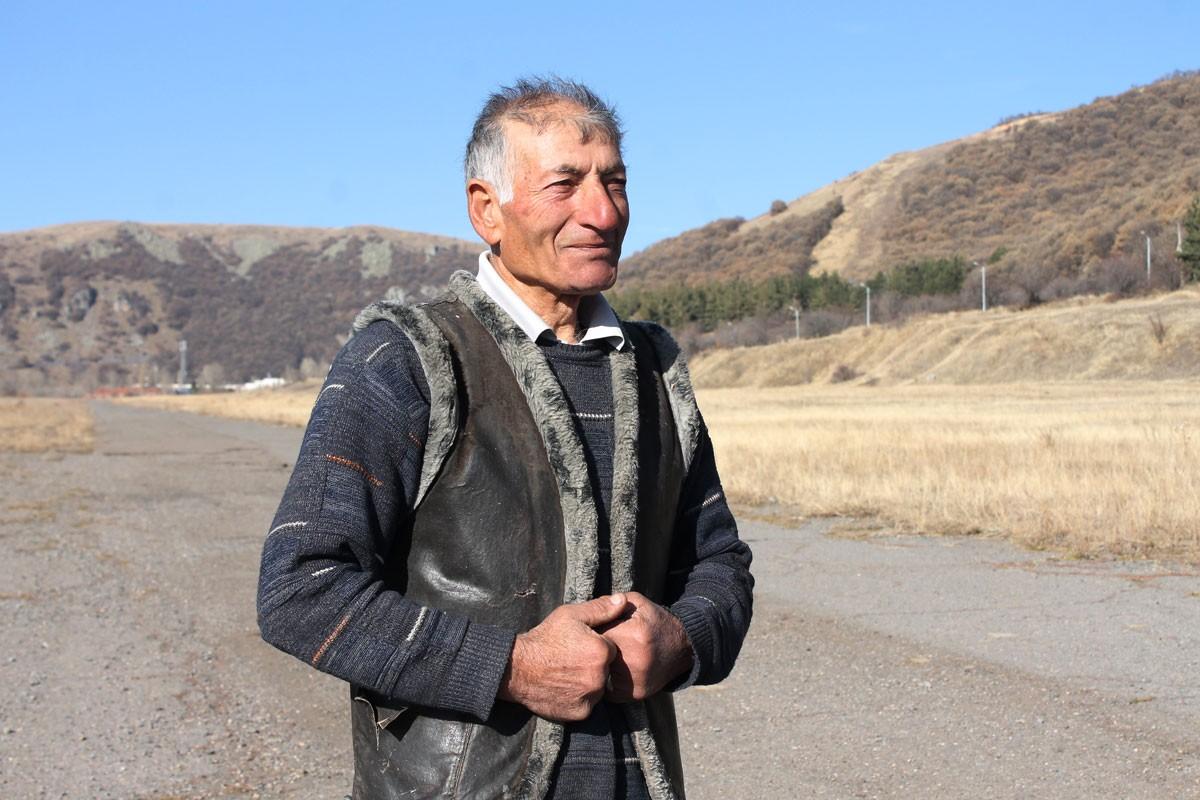
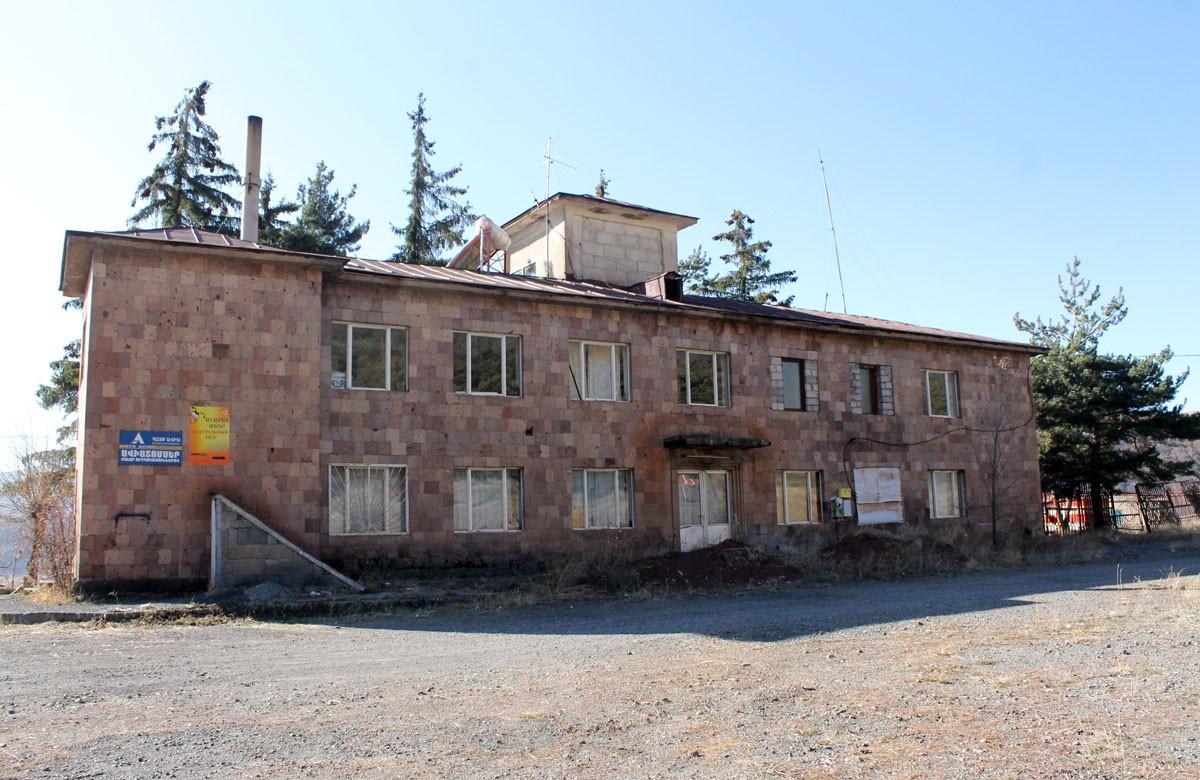
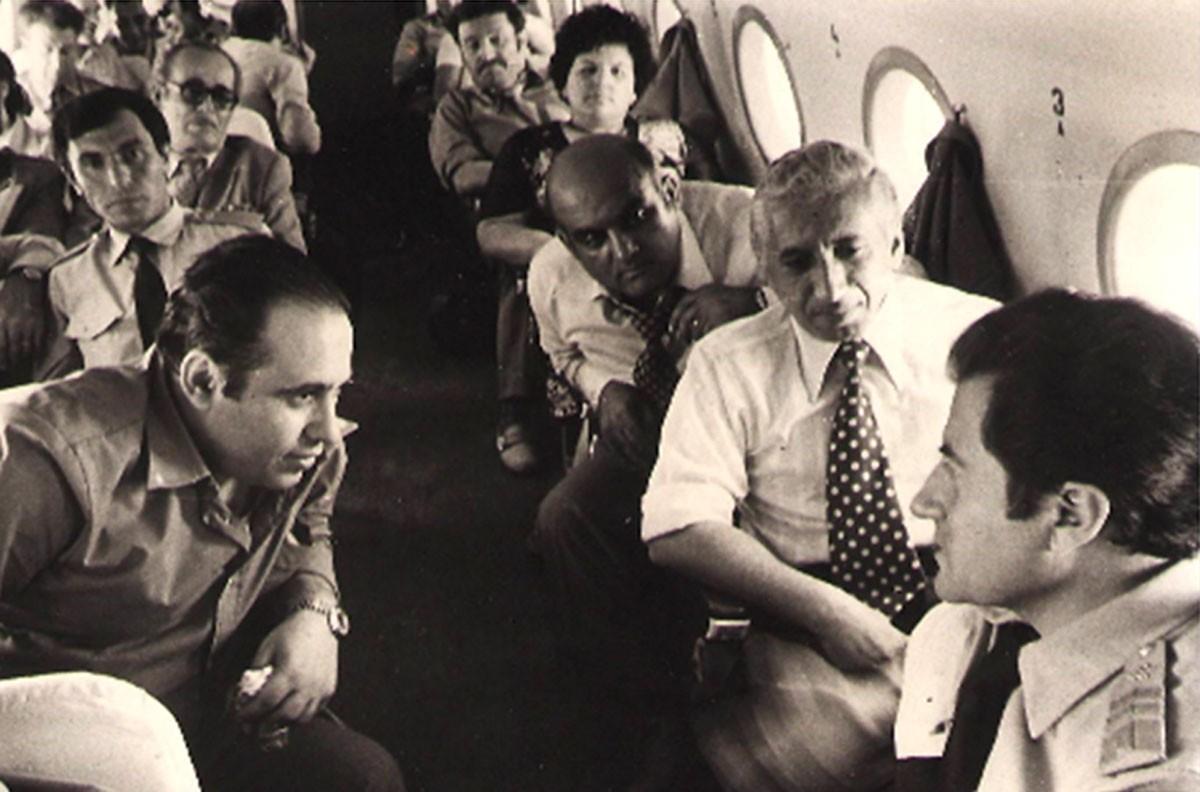

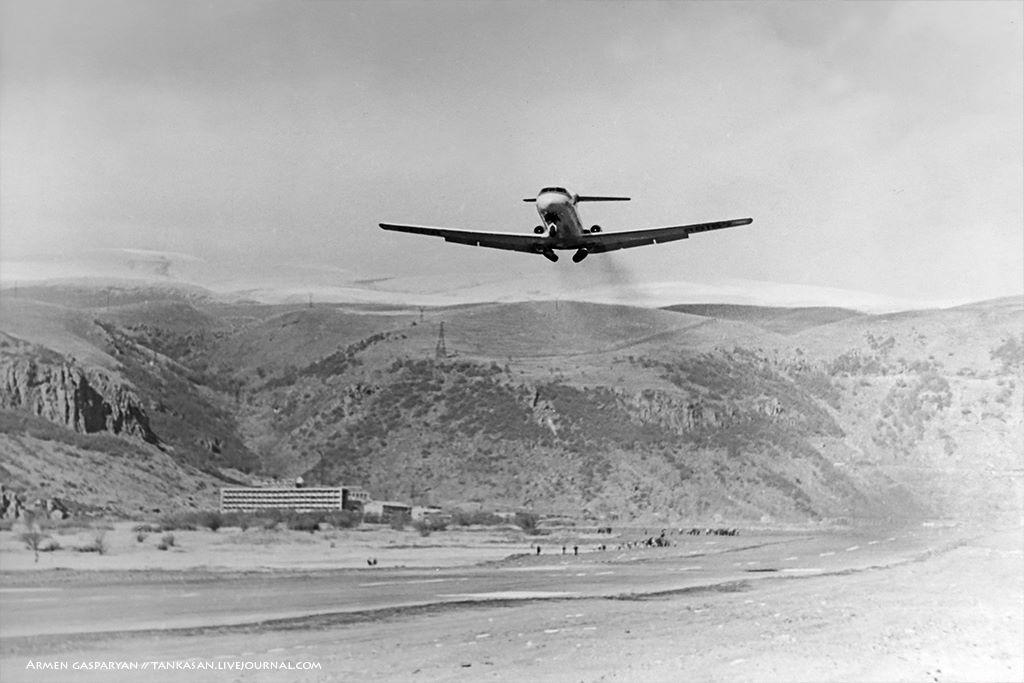
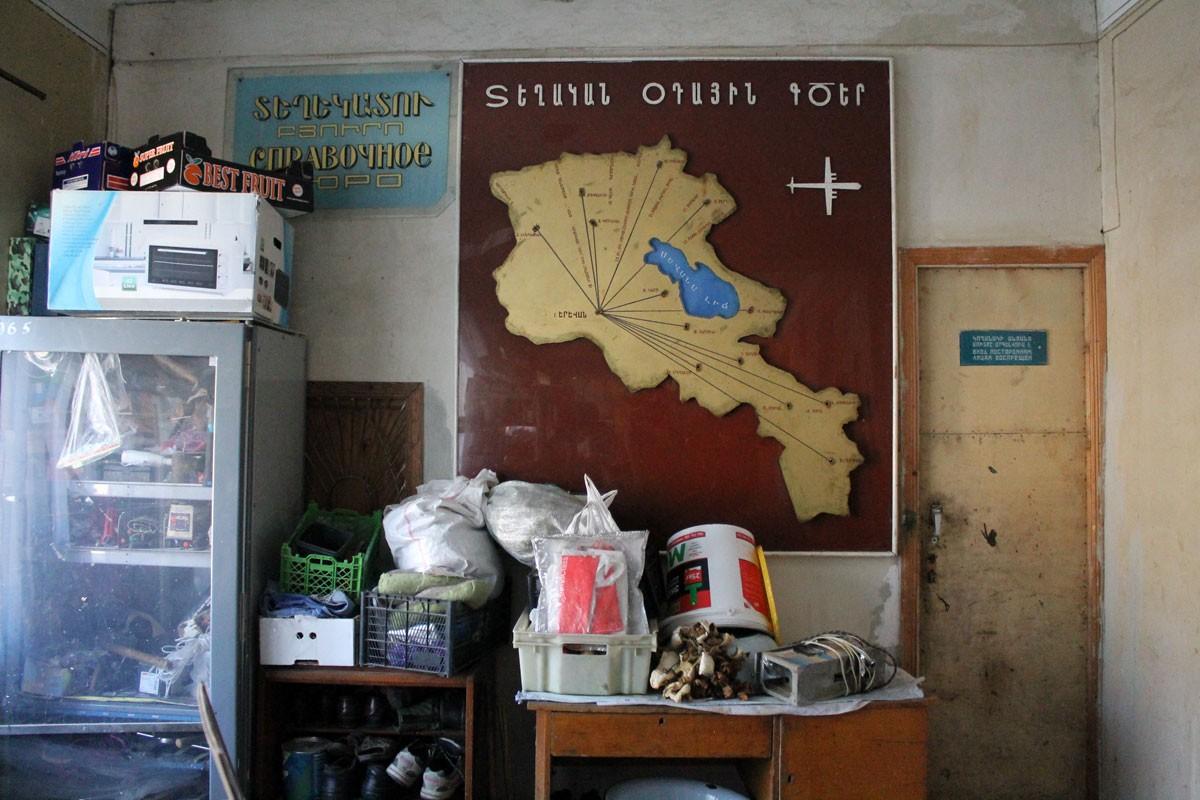
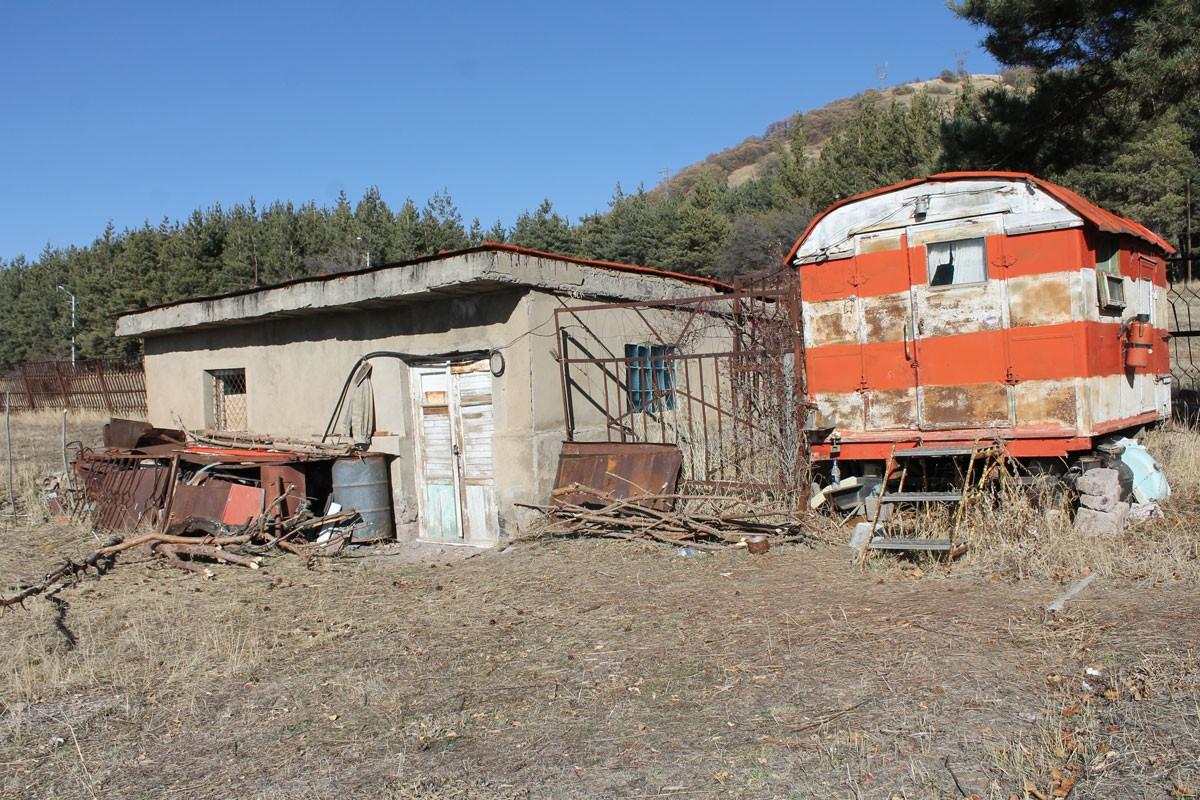
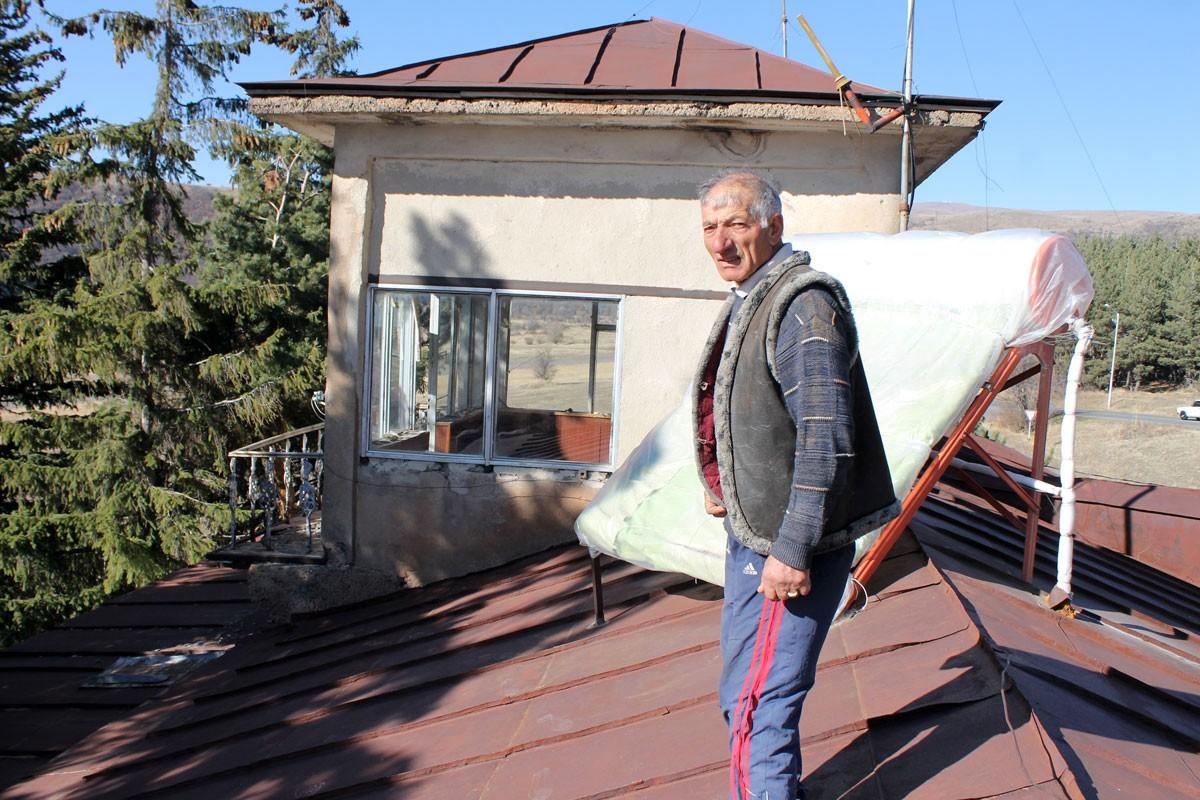
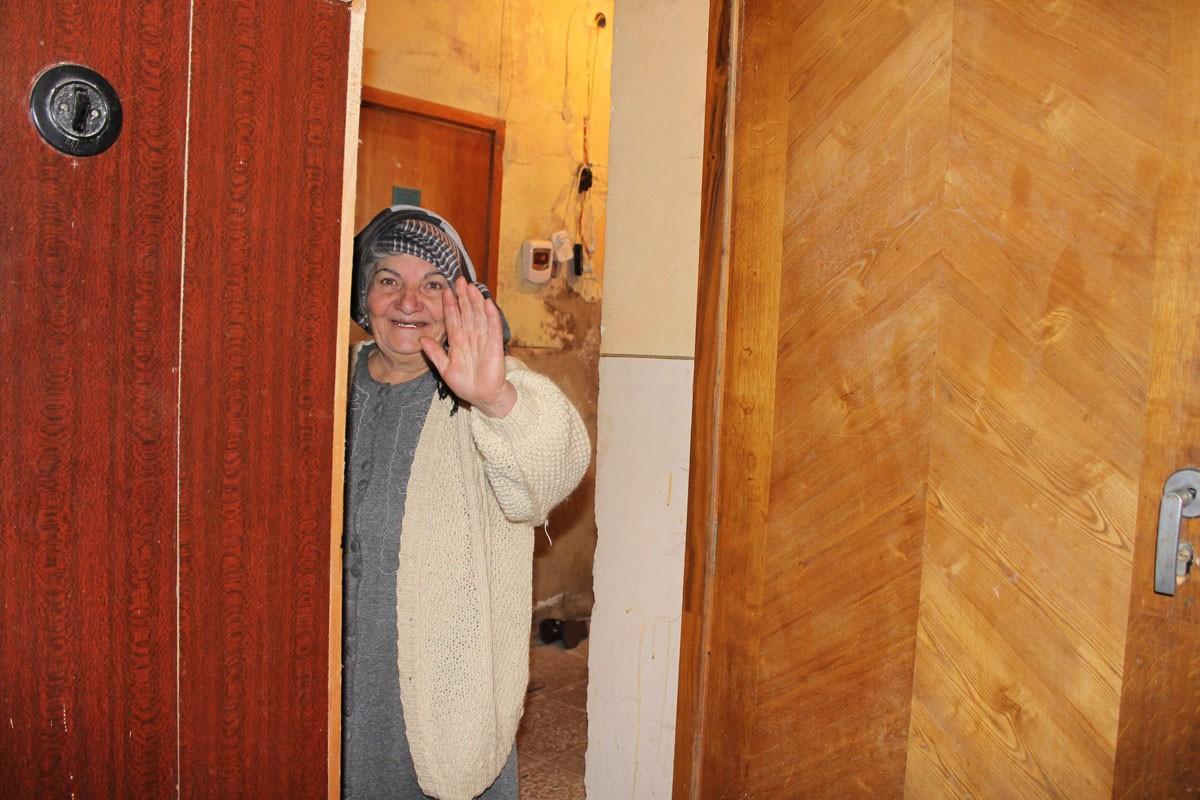
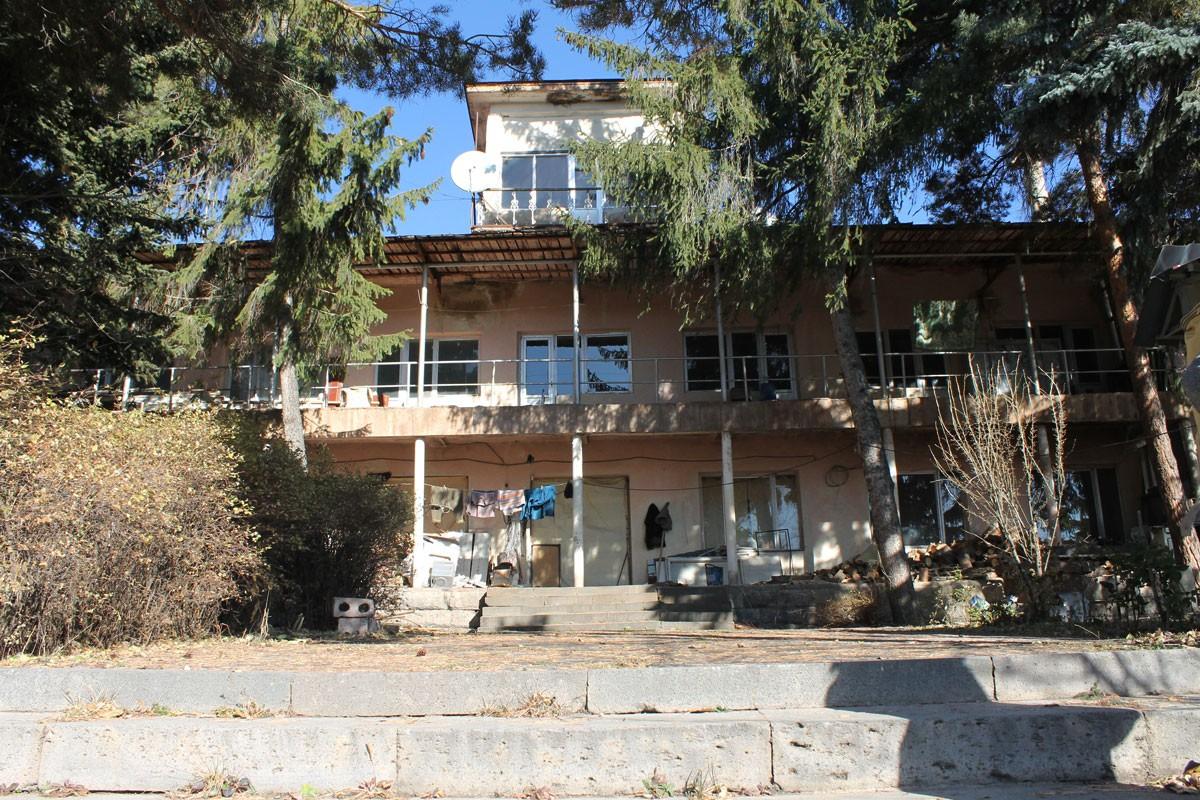
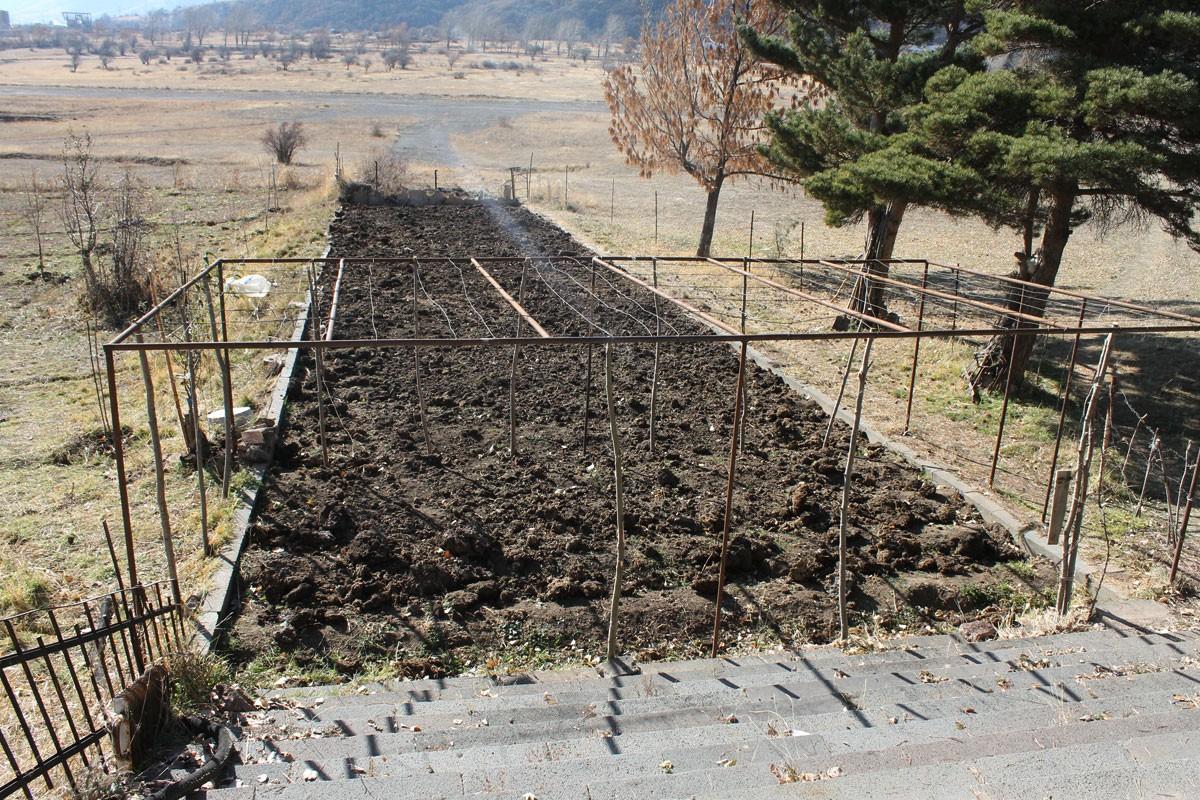
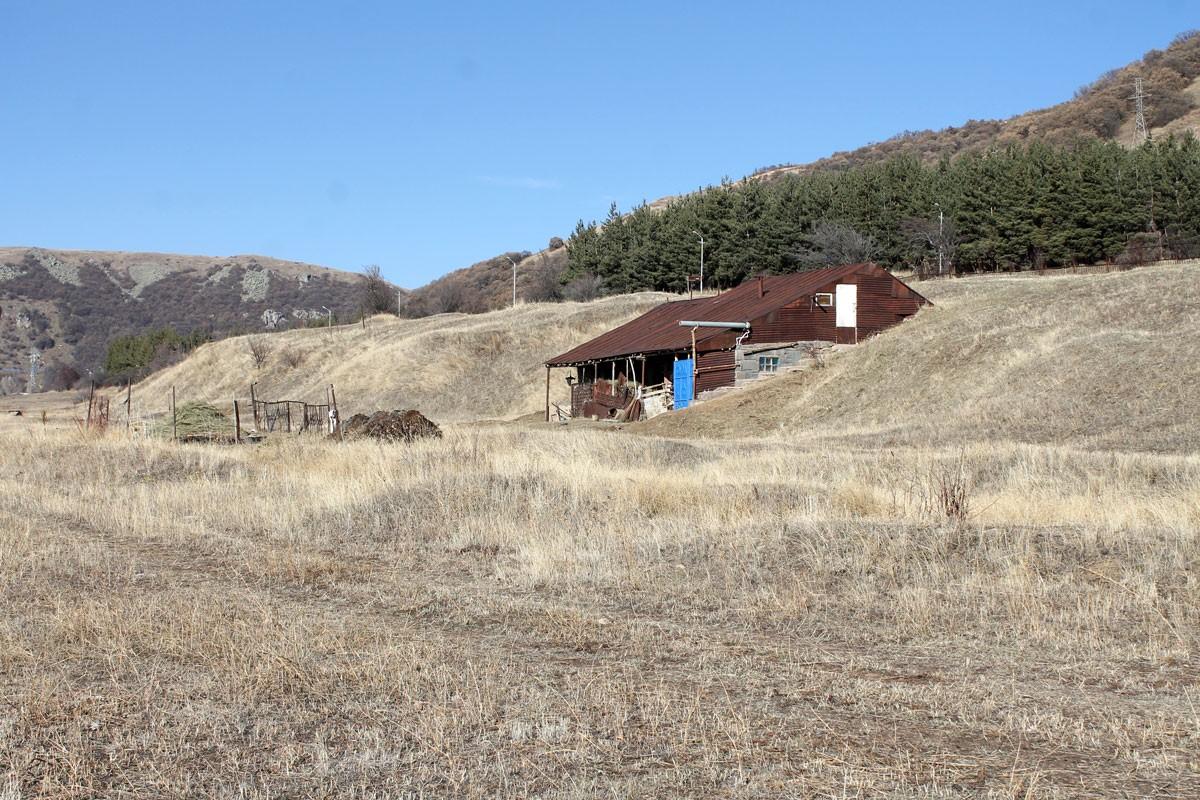
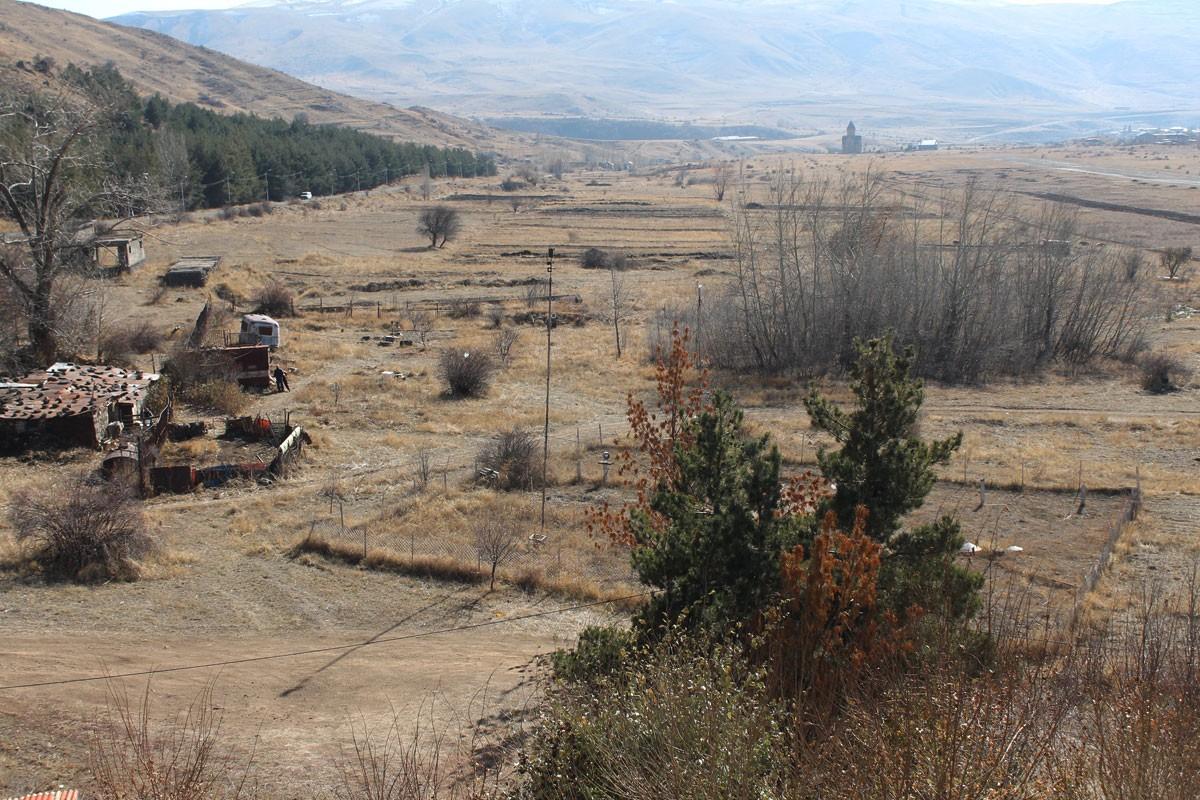
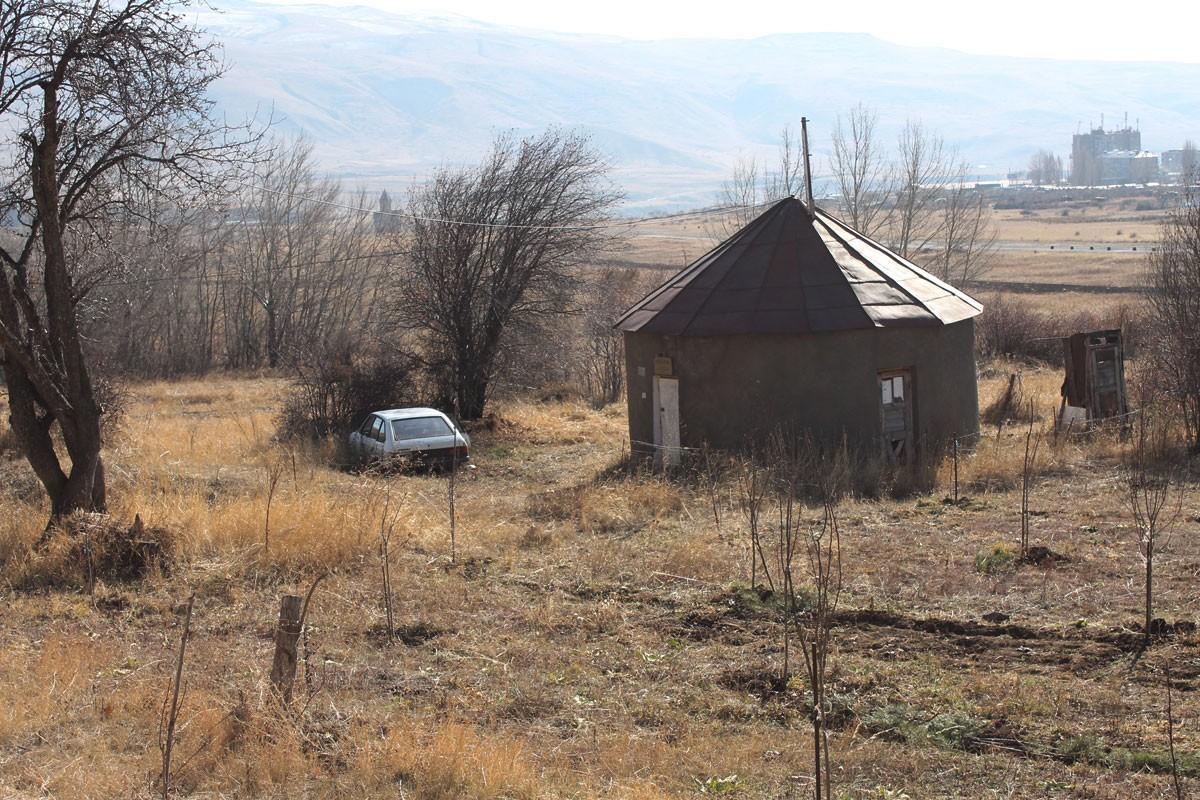
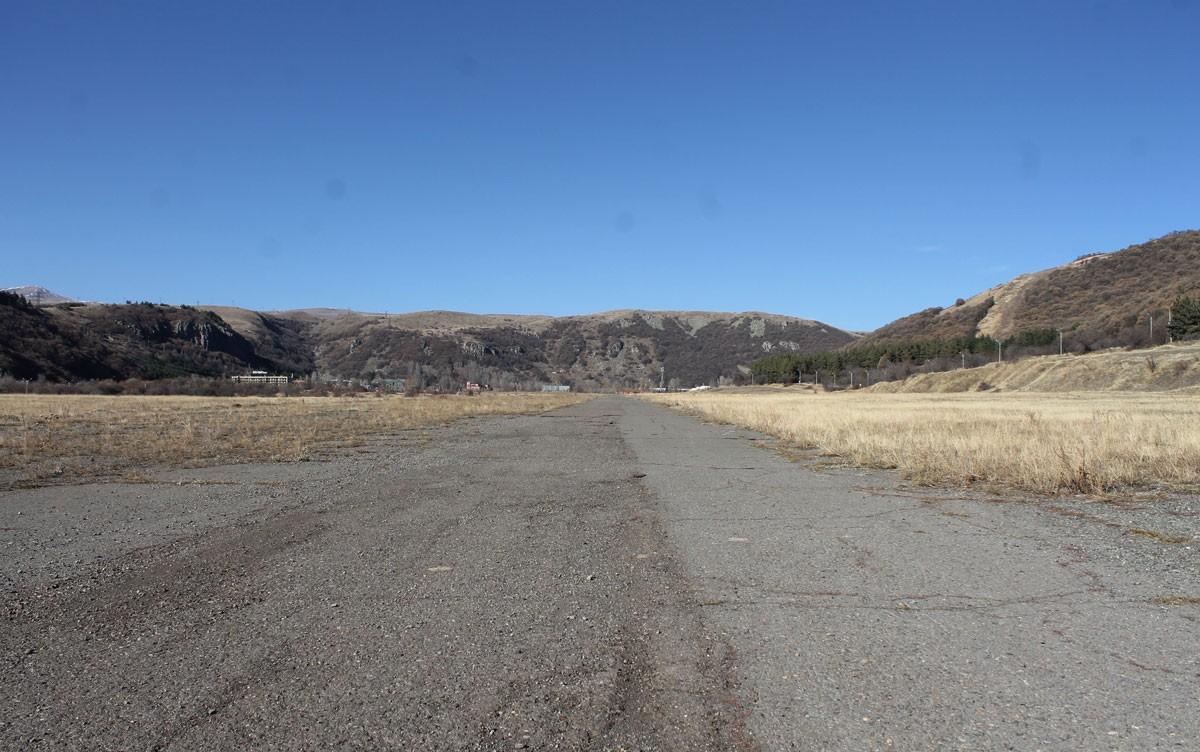

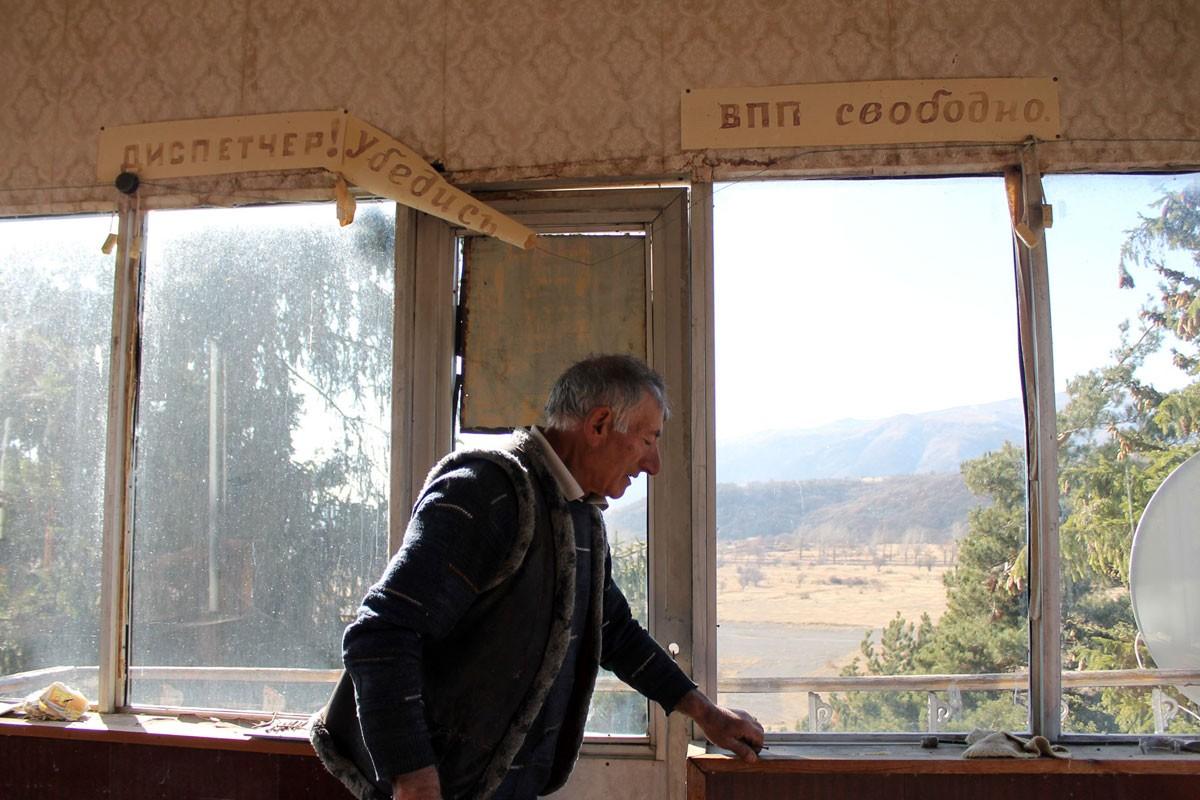
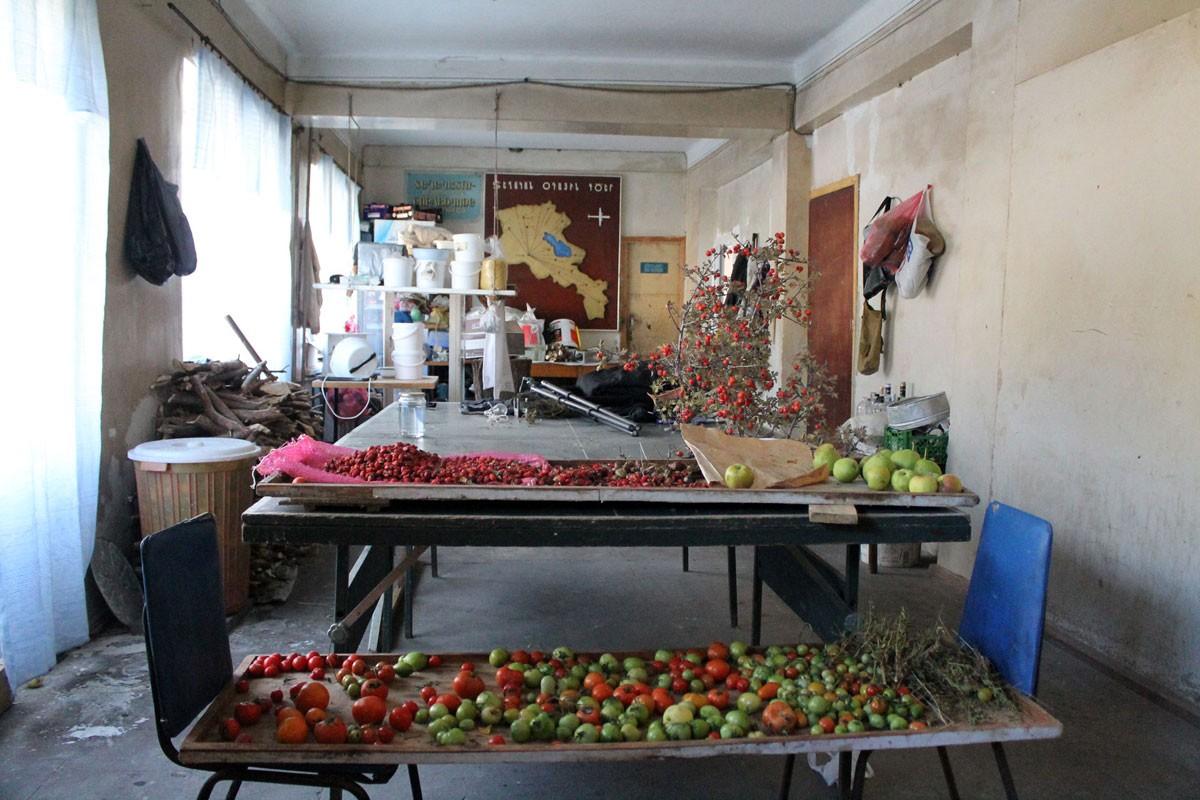
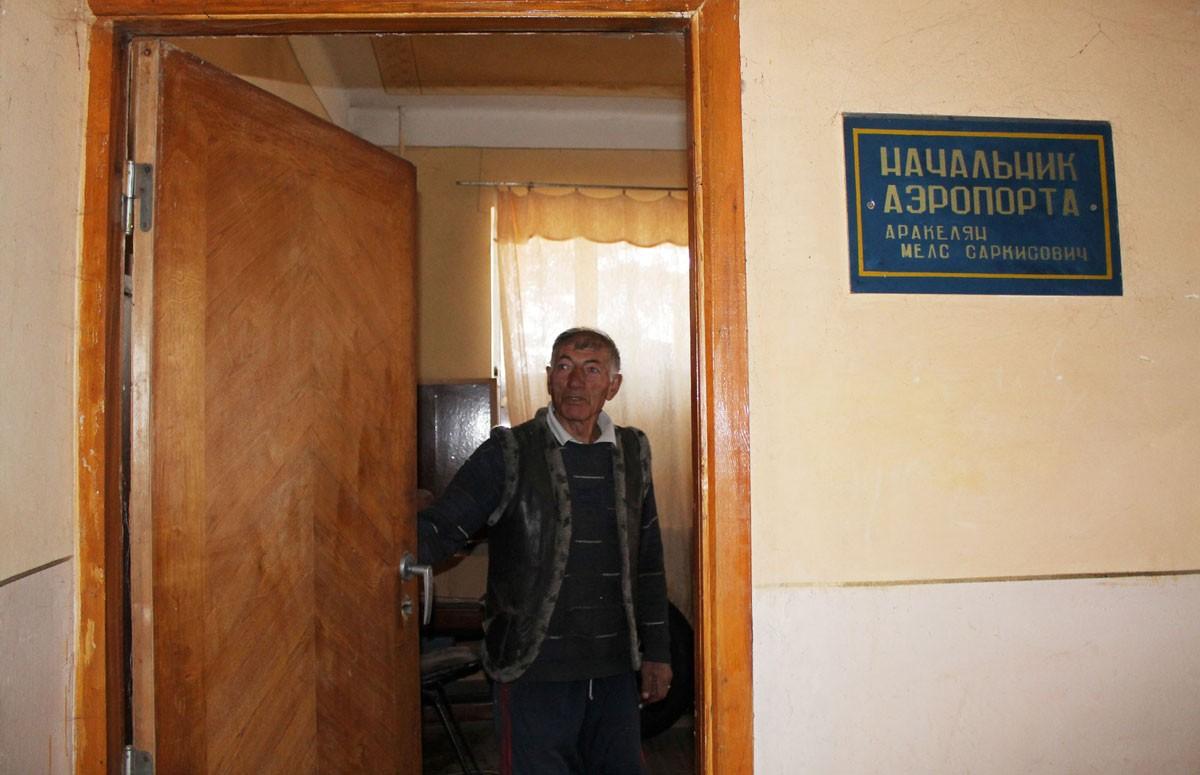

Write a comment